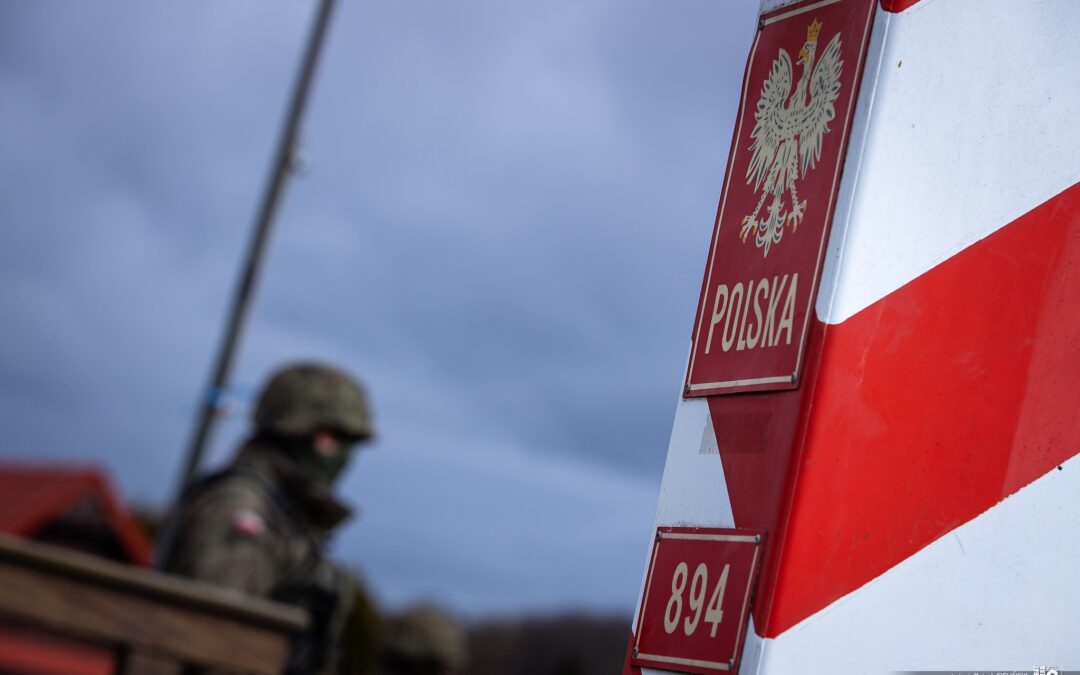The number of asylum claims in Poland has risen by over a quarter this year, driven largely by the influx of Belarusians fleeing their homeland amid the upheaval and repression following last year’s presidential election.
In total, almost 1,700 foreigners applied for international protection in the first half of 2021, according to figures from Poland’s Office for Foreigners (UDSC). Of these, the largest group were Belarusians (667), followed by citizens of Russia (465), Afghanistan (140), Ukraine (112) and Turkey (50).
📊 Prawie 1,7 tys. cudzoziemców złożyło w Polsce wnioski uchodźcze w I połowie tego roku. Najliczniej o udzielenie ochrony międzynarodowej ubiegali się obywatele Białorusi.
➡️ https://t.co/QQM0ED6dAM#cudzoziemcy #daneUdSC pic.twitter.com/KDWN36kLev— Urząd do Spraw Cudzoziemców (@UdSC_gov_pl) July 20, 2021
This year’s figures mark an increase of 27% compared with the first half of 2020, when around 1,300 foreigners applied for international protection in Poland. The largest numbers then came from Russia (819), Ukraine (144) and Tajikistan (58).
However, due to the pandemic and associated travel and border restrictions, asylum applications were lower than normal last year, with the figures for the first half of 2020 down 29% on 2019.
Applications for international protection – in the form of either refugee status or subsidiary protection – are considered case by case by UDSC. To qualify, a foreign citizen must be found to be at risk of persecution or facing a real threat of losing life or health in their home country.
In the first half of 2021, the office granted protection to 391 foreigners, which was significantly more than the figures of 169 and 140 in the same periods in 2020 and 2019 respectively.
The main reason for the increase was the 100% approval rate for completed applications from Belarus since August’s presidential election when Alexander Lukashenko claimed victory amid widespread evidence of vote rigging.
In the first half of 2021, 282 Belarusians were granted protection in Poland, followed by 48 Russians (who had a 12% success rate for application) and 25 people from Turkey (with an 89% success rate). The success rate among all nationalities was 39% for completed applications.
Poland has extended various forms of aid and protection to Belarusians fleeing from the unrest in their home country, including funding for NGOs, scholarships for students, and a programme to help Belarusian professionals and businesses seeking to move to Poland.
The Polish government has also given strong backing to the Belarusian democratic opposition, whose exiled leader Sviatlana Tsikhanouskaya has made two visits to Warsaw to meet with Poland’s prime minister, Mateusz Morawiecki.
In the first half of this year, 3,800 foreigners used UDSC’s social assistance (including accommodation, meals, health care) and educational activities (including Polish language lessons), which are provided while asylum claims are considered. These were mainly citizens of Russia (39%), Belarus (26%) and Ukraine (13%).
Main image credit: Combat Camera Poland/Flickr (under CC BY-NC 2.0)

Maria Wilczek is deputy editor of Notes from Poland. She is a regular writer for The Times, The Economist and Al Jazeera English, and has also featured in Foreign Policy, Politico Europe, The Spectator and Gazeta Wyborcza.




















